PARTIES DIFFER ON CONSTITUENCY REVISION
입력 2023.03.23 (15:04)
수정 2023.03.23 (16:45)
읽어주기 기능은 크롬기반의
브라우저에서만 사용하실 수 있습니다.
[Anchor Lead]
Ahead of next year's parliamentary elections, the electoral system reform proposals which will be discussed at the plenary committee passed the National Assembly's Political Reform Special Committee Wednesday. The key issue is whether to increase the size of electoral districts.
[Pkg]
In the 21st parliamentary elections in 2020, winners were determined just by some 1,000 votes in four constituencies.
[Soundbite] "The two candidates are running neck and neck."
43 percent of the total ballots were cast for losers and eventually wasted. This implies that opinions of nearly half of the voters were disregarded. This is why there are calls for revising the winner-take-all election system. The proposed alternative is a multi-seat constituency system under which the size of constituencies are expanded so more than one candidate can be elected in one district. This will enable minor parties to produce more parliamentary members while increasing chances for the People Power Party to win in the Jeolla-do Province and the Democratic Party in the Gyeongsang-do Province. This is expected to remedy problems stemming from the two-party system and regionalism. Two of the three revision proposals submitted to the plenary committee are based on this larger-sized constituency system. The ruling People Power Party has proposed allotting different numbers of parliamentary seats to cities and rural areas on the basis of the multi-seat electoral system. City constituencies with large populations can elect up to five lawmakers while rural constituencies with small populations are represented by one lawmaker, as they are now. This is a kind of compromise. But there is a limit that it can hardly ease regionalism in rural areas. The Democratic Party has proposed a large-scale constituency system. Under this proposal, cities and rural areas are equally able to elect four to seven lawmakers to realize the multi-party system. In this case, the size of rural constituencies becomes excessively large and their parliamentary representation reduced. As the two proposals have both merits and faults, some experts say it would be desirable to leave the constituency system intact, and instead, improve the proportional representation system to better reflect the rate of votes each party wins.
[Soundbite] Prof. Park Won-ho(Seoul Nat’l University) : "It is true that a multi-seat constituency system has merits of preventing political conflicts from going extreme. However, for minor parties, the proportional representation system is better."
Although the multi-seat electoral system are now up for discussions for the first time, it remains unclear whether the rival parties will be able to reach an agreement due to their conflicting political interest.
Ahead of next year's parliamentary elections, the electoral system reform proposals which will be discussed at the plenary committee passed the National Assembly's Political Reform Special Committee Wednesday. The key issue is whether to increase the size of electoral districts.
[Pkg]
In the 21st parliamentary elections in 2020, winners were determined just by some 1,000 votes in four constituencies.
[Soundbite] "The two candidates are running neck and neck."
43 percent of the total ballots were cast for losers and eventually wasted. This implies that opinions of nearly half of the voters were disregarded. This is why there are calls for revising the winner-take-all election system. The proposed alternative is a multi-seat constituency system under which the size of constituencies are expanded so more than one candidate can be elected in one district. This will enable minor parties to produce more parliamentary members while increasing chances for the People Power Party to win in the Jeolla-do Province and the Democratic Party in the Gyeongsang-do Province. This is expected to remedy problems stemming from the two-party system and regionalism. Two of the three revision proposals submitted to the plenary committee are based on this larger-sized constituency system. The ruling People Power Party has proposed allotting different numbers of parliamentary seats to cities and rural areas on the basis of the multi-seat electoral system. City constituencies with large populations can elect up to five lawmakers while rural constituencies with small populations are represented by one lawmaker, as they are now. This is a kind of compromise. But there is a limit that it can hardly ease regionalism in rural areas. The Democratic Party has proposed a large-scale constituency system. Under this proposal, cities and rural areas are equally able to elect four to seven lawmakers to realize the multi-party system. In this case, the size of rural constituencies becomes excessively large and their parliamentary representation reduced. As the two proposals have both merits and faults, some experts say it would be desirable to leave the constituency system intact, and instead, improve the proportional representation system to better reflect the rate of votes each party wins.
[Soundbite] Prof. Park Won-ho(Seoul Nat’l University) : "It is true that a multi-seat constituency system has merits of preventing political conflicts from going extreme. However, for minor parties, the proportional representation system is better."
Although the multi-seat electoral system are now up for discussions for the first time, it remains unclear whether the rival parties will be able to reach an agreement due to their conflicting political interest.
■ 제보하기
▷ 카카오톡 : 'KBS제보' 검색, 채널 추가
▷ 전화 : 02-781-1234, 4444
▷ 이메일 : kbs1234@kbs.co.kr
▷ 유튜브, 네이버, 카카오에서도 KBS뉴스를 구독해주세요!
- PARTIES DIFFER ON CONSTITUENCY REVISION
-
- 입력 2023-03-23 15:04:40
- 수정2023-03-23 16:45:00
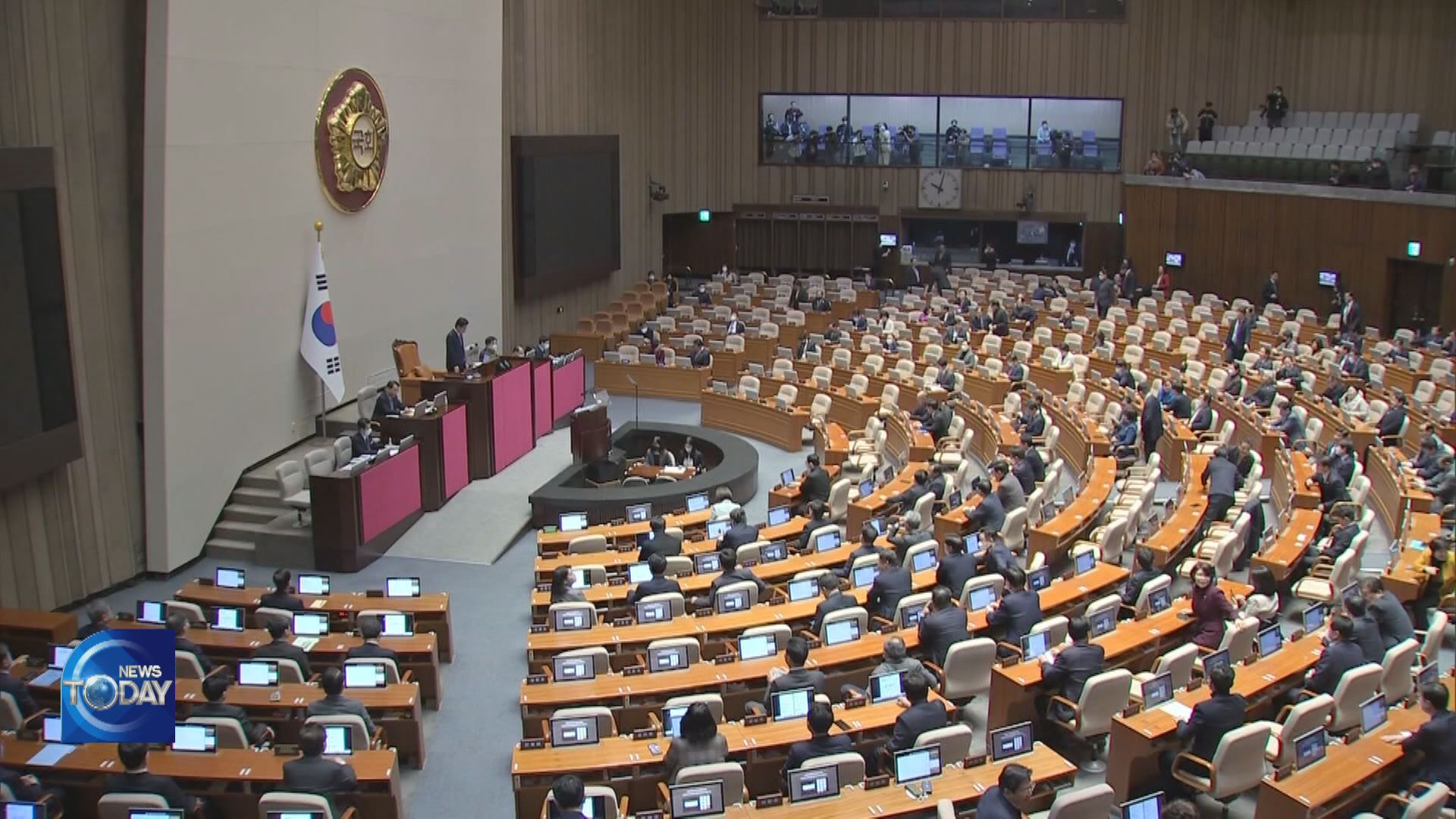
[Anchor Lead]
Ahead of next year's parliamentary elections, the electoral system reform proposals which will be discussed at the plenary committee passed the National Assembly's Political Reform Special Committee Wednesday. The key issue is whether to increase the size of electoral districts.
[Pkg]
In the 21st parliamentary elections in 2020, winners were determined just by some 1,000 votes in four constituencies.
[Soundbite] "The two candidates are running neck and neck."
43 percent of the total ballots were cast for losers and eventually wasted. This implies that opinions of nearly half of the voters were disregarded. This is why there are calls for revising the winner-take-all election system. The proposed alternative is a multi-seat constituency system under which the size of constituencies are expanded so more than one candidate can be elected in one district. This will enable minor parties to produce more parliamentary members while increasing chances for the People Power Party to win in the Jeolla-do Province and the Democratic Party in the Gyeongsang-do Province. This is expected to remedy problems stemming from the two-party system and regionalism. Two of the three revision proposals submitted to the plenary committee are based on this larger-sized constituency system. The ruling People Power Party has proposed allotting different numbers of parliamentary seats to cities and rural areas on the basis of the multi-seat electoral system. City constituencies with large populations can elect up to five lawmakers while rural constituencies with small populations are represented by one lawmaker, as they are now. This is a kind of compromise. But there is a limit that it can hardly ease regionalism in rural areas. The Democratic Party has proposed a large-scale constituency system. Under this proposal, cities and rural areas are equally able to elect four to seven lawmakers to realize the multi-party system. In this case, the size of rural constituencies becomes excessively large and their parliamentary representation reduced. As the two proposals have both merits and faults, some experts say it would be desirable to leave the constituency system intact, and instead, improve the proportional representation system to better reflect the rate of votes each party wins.
[Soundbite] Prof. Park Won-ho(Seoul Nat’l University) : "It is true that a multi-seat constituency system has merits of preventing political conflicts from going extreme. However, for minor parties, the proportional representation system is better."
Although the multi-seat electoral system are now up for discussions for the first time, it remains unclear whether the rival parties will be able to reach an agreement due to their conflicting political interest.
Ahead of next year's parliamentary elections, the electoral system reform proposals which will be discussed at the plenary committee passed the National Assembly's Political Reform Special Committee Wednesday. The key issue is whether to increase the size of electoral districts.
[Pkg]
In the 21st parliamentary elections in 2020, winners were determined just by some 1,000 votes in four constituencies.
[Soundbite] "The two candidates are running neck and neck."
43 percent of the total ballots were cast for losers and eventually wasted. This implies that opinions of nearly half of the voters were disregarded. This is why there are calls for revising the winner-take-all election system. The proposed alternative is a multi-seat constituency system under which the size of constituencies are expanded so more than one candidate can be elected in one district. This will enable minor parties to produce more parliamentary members while increasing chances for the People Power Party to win in the Jeolla-do Province and the Democratic Party in the Gyeongsang-do Province. This is expected to remedy problems stemming from the two-party system and regionalism. Two of the three revision proposals submitted to the plenary committee are based on this larger-sized constituency system. The ruling People Power Party has proposed allotting different numbers of parliamentary seats to cities and rural areas on the basis of the multi-seat electoral system. City constituencies with large populations can elect up to five lawmakers while rural constituencies with small populations are represented by one lawmaker, as they are now. This is a kind of compromise. But there is a limit that it can hardly ease regionalism in rural areas. The Democratic Party has proposed a large-scale constituency system. Under this proposal, cities and rural areas are equally able to elect four to seven lawmakers to realize the multi-party system. In this case, the size of rural constituencies becomes excessively large and their parliamentary representation reduced. As the two proposals have both merits and faults, some experts say it would be desirable to leave the constituency system intact, and instead, improve the proportional representation system to better reflect the rate of votes each party wins.
[Soundbite] Prof. Park Won-ho(Seoul Nat’l University) : "It is true that a multi-seat constituency system has merits of preventing political conflicts from going extreme. However, for minor parties, the proportional representation system is better."
Although the multi-seat electoral system are now up for discussions for the first time, it remains unclear whether the rival parties will be able to reach an agreement due to their conflicting political interest.
이 기사가 좋으셨다면
-
좋아요
0
-
응원해요
0
-
후속 원해요
0










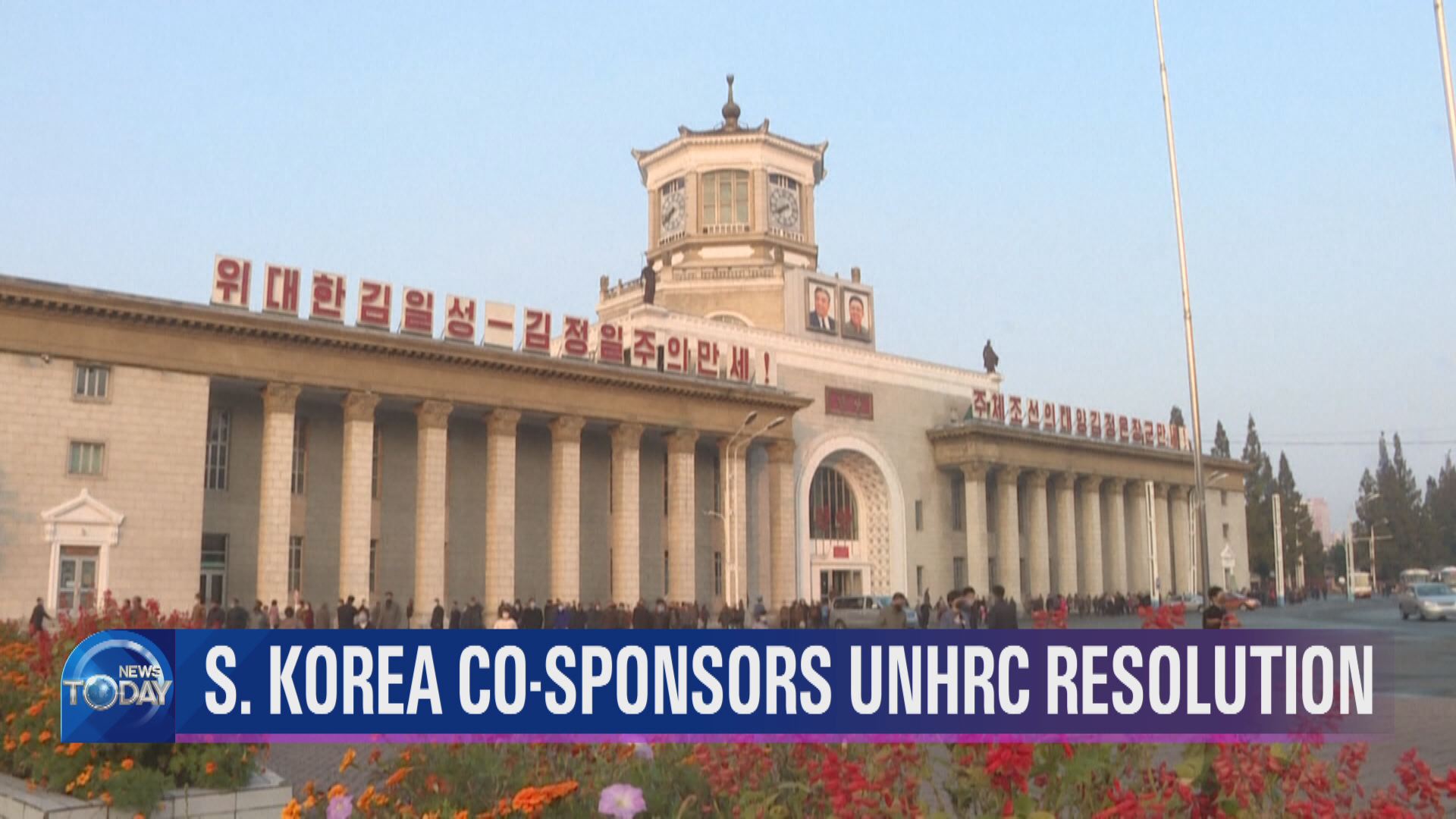
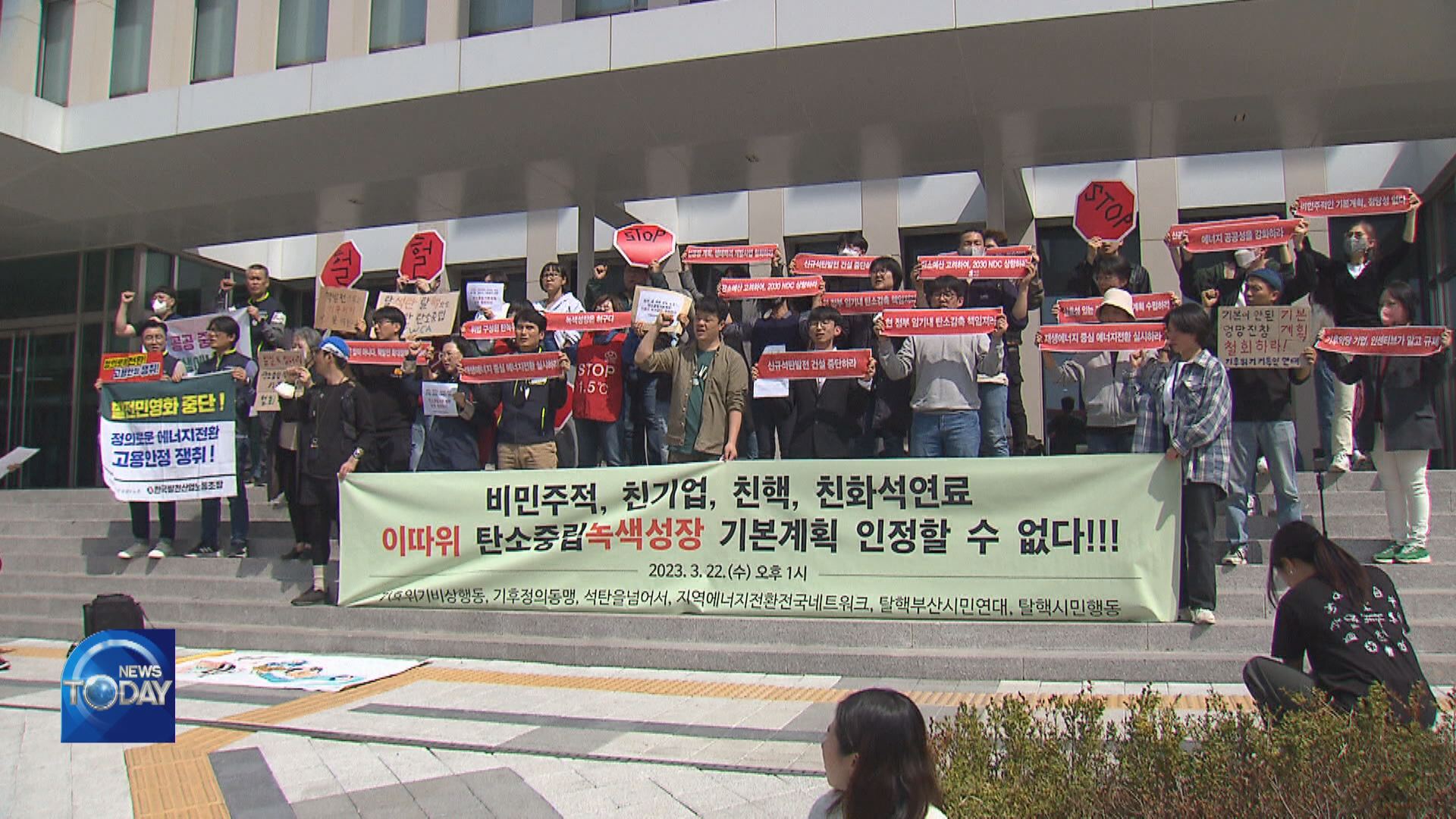
![[단독] “윤석열·김용현 등 공모해 군사상 이익 해쳐”<br>…외환죄 대신 일반이적죄 적용](/data/layer/904/2025/07/20250714_3VTJV3.jpg)

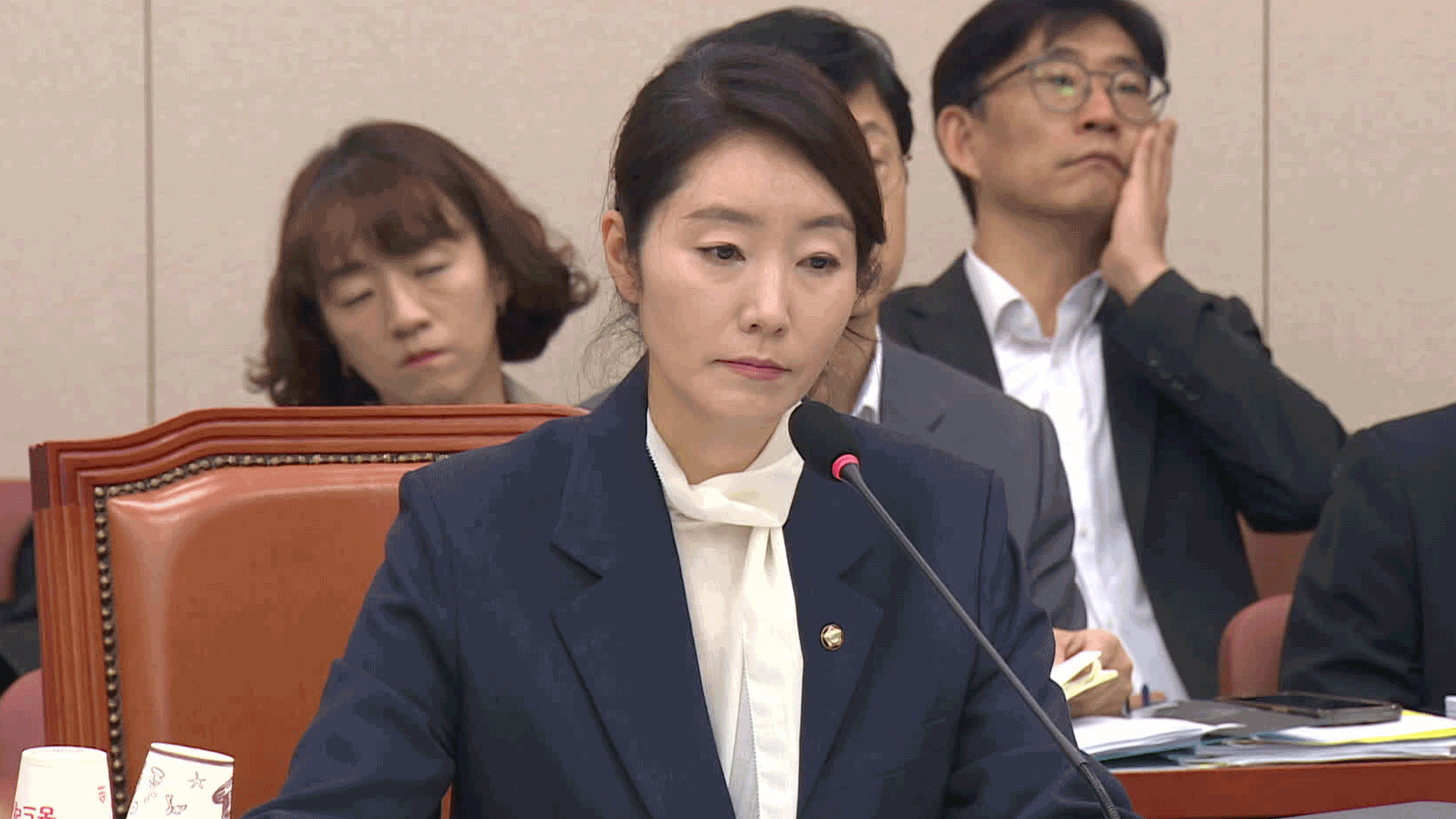
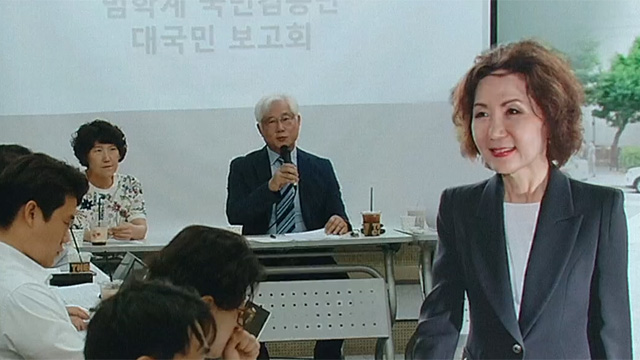

이 기사에 대한 의견을 남겨주세요.